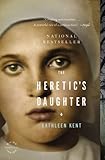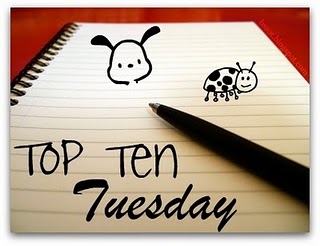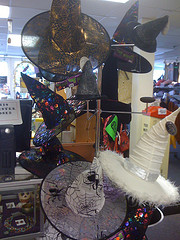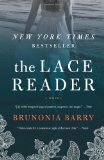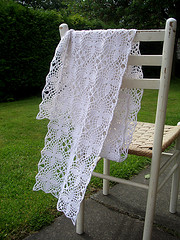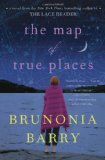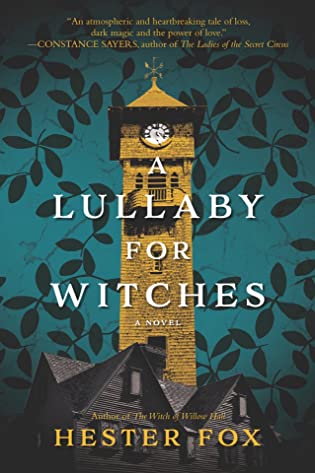 A Lullaby for Witches by Hester Fox
A Lullaby for Witches by Hester Fox Published by Graydon House on February 1, 2022
Genres: Fantasy/Science Fiction, Historical Fiction
Pages: 352
Format: E-Book, eBook
Source: Library
Buy on Amazon, Buy on Bookshop
This post contains affiliate links you can use to purchase the book. If you buy the book using that link, I will receive a small commission from the sale.
Goodreads
Two women. A history of witchcraft. And a deep-rooted female power that sings out across the centuries.Once there was a young woman from a well-to-do New England family who never quite fit with the drawing rooms and parlors of her kin. Called instead to the tangled woods and wild cliffs surrounding her family’s estate, Margaret Harlowe grew both stranger and more beautiful as she cultivated her uncanny power. Soon, whispers of “witch” dogged her footsteps, and Margaret’s power began to wind itself with the tendrils of something darker.
One hundred and fifty years later, Augusta Podos takes a dream job at Harlowe House, the historic home of a wealthy New England family that has been turned into a small museum in Tynemouth, Massachusetts. When Augusta stumbles across an oblique reference to a daughter of the Harlowes who has nearly been expunged from the historical record, the mystery is too intriguing to ignore. But as she digs deeper, something sinister unfurls from its sleep, a dark power that binds one woman to the other across lines of blood and time. If Augusta can’t resist its allure, everything she knows and loves—including her very life—could be lost forever.
I enjoy a good witch book, and this was a pretty good witch book. As a bonus, it’s set in my current home state of Massachusetts in the fictional town of Tynemouth, somewhere on the North Shore (my best guess, based on its proximity to the real cities of Salem and Boston). Parts of Margaret’s story seemed stilted, I think in part because of the author’s choice to bring her into the present to reflect on her growing power in several italicized sections. The Margaret sections set entirely in the past rang true. I am not sure how else Fox might have accomplished her storyline, but those passages always took me out of the story for a minute. However, I kept turning the pages, wanting to know what would happen. Some of my questions remained unsatisfied, but I’m afraid they’re spoilers. If you highlight the text that follows this paragraph, you’ll see my spoiler questions, but if you don’t want the story spoiled, you can keep reading the paragraph that follows the spoilers section.
Spoilers!
- I never found out exactly how Augusta and Margaret were related. I worked on the assumption that she’d be a direct descendant until Margaret was killed before her child could be born. After that, I didn’t know how Augusta could be related to Margaret.
- I also wanted to know more about Augusta’s family history. Fox teased several times that there were some big reveals buried in the boxes of mementos of her father, and Augusta sifts through them a few times, even finding Margaret’s comb and a family tree with the name Montrose, the maiden name of Margaret’s mother. “Bishop” was also on the family tree, and Bridget Bishop was executed during the Salem Witch Trials. Fox wouldn’t be the first writer to use Bridget Bishop as a real witch, if that’s the case—Deborah Harkness makes her protagonist in A Discovery of Witches a descendant of Bridget Bishop and a real witch.
- What exactly happened to Margaret? Did she vanish? Is she still out there, lurking?
I understand some character names from Fox’s other books appear in this book as well, but this was my first book by Hester Fox. I liked it enough that it will not be my last. She reminds me a bit of Brunonia Barry in how she captures Massachusetts’s witchy history, and I really liked the idea that Augusta worked in a museum—the former home of a prominent family. There is a hint of Barry’s characterization from The Lace Reader and A Map of True Places in this book. I will always have a soft spot for Brunonia Barry because I won a trip to Salem, MA in connection with her book A Map of True Places, and I’m convinced it was a sort of beginning that led to our moving to MA two years later. I will also always have a soft spot for Salem, and truthfully, I’d love to live on the North Shore one day.
I really enjoyed Fox’s comment in her acknowledgments, offering “thanks and admiration” to “the many museum workers and volunteers who are actively decolonizing the field and making museums more equitable places, both for the audiences they serve and in the stories they tell.” This idea plays out in the novel in how Augusta and her co-workers work to remember the stories of the women of Tynemouth. For far too long, the stories of so many people have been forgotten, and this is especially true of women and people of color. Fox tried to include both in this novel. She was more successful in capturing the women, but I appreciated watching Augusta try to uncover forgotten stories for her exhibit.













